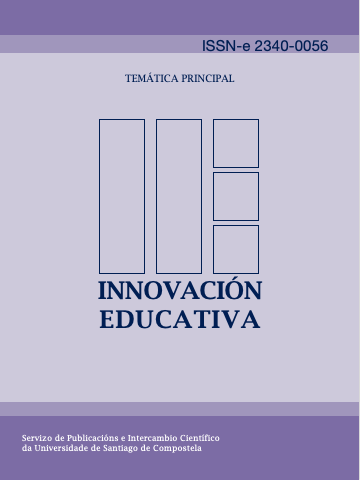Programa TEI “tutoría entre iguales”
Contido principal do artigo
Resumo
El Programa TEI “Tutoría entre iguales” que se desarrolla en el Ins Front Marítim de Barcelona. Es una estrategia educativa para la convivencia escolar, diseñada como una medida práctica contra la violencia y el acoso escolar, tiene un carácter preventivo e institucional que implica a toda la comunidad educativa. Es un recurso importante en el proceso de participación, conocimiento, prevención y desarrollo de programas de intervención sobre la convivencia en el centro educativo. Puede adecuarse como herramienta contra la desmotivación y fracaso, no únicamente curricular, sino también personal y social.
Parte de las bases de la teoría ecológica, trata a los iguales dentro del microsistema y las relaciones entre ellos, generando un aprendizaje social, imprescindible dentro del proceso evolutivo de los alumnos en el periodo de escolarización obligatoria.
Tiene como objetivos, facilitar el proceso de integración de los alumnos que se incorporan al centro educativo, determinar un referente (tutor) que favorezca la integración, el autoconcepto y la autoestima de los nuevos alumnos, reduciendo los niveles de inseguridad propios de espacios y organizaciones desconocidas, compensar el desequilibrio de poder y fuerzas, siempre presentes en el acoso, (agresor – víctima), desde una perspectiva preventiva y disuasoria; finalmente cohesionar la comunidad educativa con la integración y desarrollo de la Tolerancia Cero, como una signo de identidad del centro.
DOI: http://dx.doi.org/10.15304/ie.25.2854






